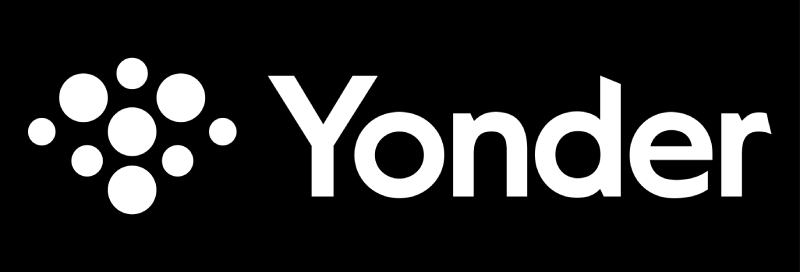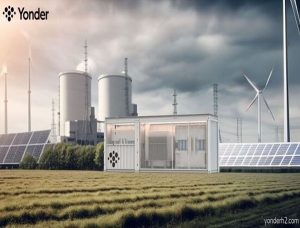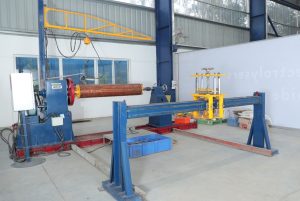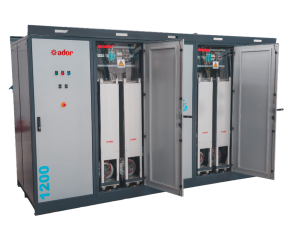Optimizing Alkaline Electrolysis with High-Performance Rectifiers: A Guide for Industrial Applications
As industries worldwide increasingly turn to sustainable energy solutions, alkaline electrolysis has emerged as a pivotal method for producing green hydrogen. This process leverages electricity and relies on an alkaline electrolyser to split water into hydrogen and oxygen. To truly maximize the efficiency and reliability of this process, the integration of high-performance rectifiers is vital.
Here’s a practical guide on how to optimize electrolysis using an alkaline electrolyser in industrial applications.
What is Alkaline Electrolysis?
Alkaline electrolysis is a process that uses an alkaline electrolyser to drive the electrochemical reaction that splits water into hydrogen and oxygen. This reaction is powered by direct current (DC) electricity, and rectifiers play a critical role.
In an alkaline electrolyser, hydroxide ions (OH⁻) move through the electrolyte, enabling the electrochemical reactions essential for hydrogen production. This ion diffusion is critical to efficient operation, ensuring the electrolyser effectively separates water into hydrogen and oxygen. The smooth movement of these ions is fundamental to balancing the charge and supporting the overall efficiency of the electrolytic process.
Boosting Alkaline Water Electrolysis Efficiency
Alkaline water electrolysis is renowned for its straightforward approach to hydrogen production. Despite its simplicity, widespread adoption has faced challenges, mainly due to high energy consumption, cost, and maintenance requirements, alongside a demand for enhanced reliability and safety.
Although alkaline electrolysis is a well-established and cost-effective method for hydrogen production, known for its durability, reliability, and safety, it comes with slightly higher power consumption than newer technologies like PEM electrolysis. Nevertheless, its advanced technology and robust performance make it a preferred choice. There is growing interest in innovations like composite diaphragms and ion-exchange membranes to enhance alkaline electrolysis further.
Additionally, integrating these systems with renewable or nuclear power sources is becoming increasingly popular, with commercial systems already achieving hydrogen production on scales ranging from tens to hundreds of megawatts.
The Role of High-Performance Rectifiers
High-performance rectifiers are essential for several reasons:
- Boost Efficiency: Rectifiers convert alternating current (AC) from the grid into DC, which is necessary for electrolysis. High-performance rectifiers ensure that this conversion is stable and efficient, which means more hydrogen can be produced while minimizing energy waste.
- Enhance Durability: Industrial environments can be harsh, and durable equipment is needed. Advanced rectifiers are built to last, reducing maintenance needs and downtime, which keeps your operations running smoothly.
- Cut Power Costs: Efficient rectifiers optimize performance and improve power factor correction, reducing overall energy consumption and operational costs.
- Reduce Harmonics: Modern rectifiers have features that minimize harmonic distortion, which protects your electrolysis system and ensures better power quality.
How to Choose the Right Rectifier
When selecting a rectifier for your alkaline electrolyser, keep these factors in mind:
- Match Voltage and Current Ratings: Ensure the rectifier is compatible with your electrolyser’s voltage and current requirements.
- Consider Cooling Needs: Effective cooling systems within rectifiers help maintain performance and prevent overheating.
- Look for Harmonic Filtering: Built-in filtering capabilities can alleviate power quality issues.
- Check Efficiency Ratings: Higher efficiency equates to less energy waste.
- Focus on Power Factor Correction: Select rectifiers with built-in power factor correction to optimize energy usage and reduce electricity costs
Final Thoughts
Optimizing your electrolysis process with high-performance rectifiers can significantly enhance efficiency, reduce energy costs, and improve your system’s overall reliability. Companies specializing in providing advanced power conversion solutions are essential partners designed to support and strengthen your alkaline electrolysis operations. These solutions are critical for improving the advantages of alkaline electrolysis in green hydrogen production and enabling large-scale hydrogen production. By leveraging alkaline electrolyte technology, companies can efficiently separate hydrogen and oxygen gases using electrical energy from renewable energy sources. The produced hydrogen can be used in fuel cells for clean energy generation or stored for future use in energy storage applications. Advanced rectifiers also support proton exchange membrane electrolysis, helping maximize output and operational efficiency in alkaline water electrolysers and ensuring a reliable supply of clean energy.
Are you interested in learning more about how our rectifiers can optimize your system? Contact us to find out how we can assist you in achieving your industrial energy goals.





